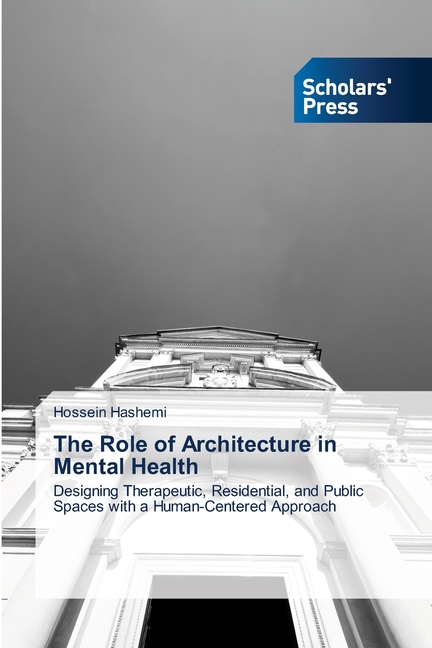Description
This book explores how the built environment influences psychological well-being. With a focus on therapeutic, residential, and public spaces, the book emphasizes a human-centered design approach that fosters healing, comfort, and emotional resilience. It combines insights from architecture, psychology, and neuroscience to guide professionals in creating environments that support mental health. This interdisciplinary work is ideal for architects, planners, healthcare designers, and anyone interested in the intersection of space and the human mind.
Last updated on
Product Details
- Jun 17, 2025 Pub Date:
- 6208848024 ISBN-10:
- 9786208848026 ISBN-13:
- English Language




